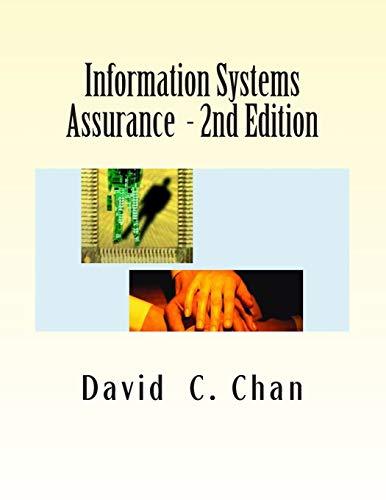Investment Question Part 2 Part 1 The annual rate of return of a savings portfolio is assumed to be distributed N(9%,6%2) An investor starts with
Investment Question Part 2 Part 1 The annual rate of return of a savings portfolio is assumed to be distributed N(9%,6%2) An investor starts with a $1MM investment. The investor withdraws $10K per year. Simulate this and display the distribution of how much the investor has after ten years. If the investor wants to have a 90% chance of having 1M or more at the end of the 10 years, what size withdrawl would create that? Part 2 Based on the above work, an amount of money to withdraw has been decided upon. You then get to look into a magic crystal ball and see two futures: A & B: A: Interest rates are 3% for the first 5 years and 15% for the second 5 years. B: Interest rates are 15% for the first 5 years and 3% for the second 5 years. You calculate that, given these two rates, the average rate of return is 9% as assumed in Part 1. 1 Assuming no withdrawls, show the calculations to demonstrate that the effective rate corresponding to 5 years at 3% and 5 years at 15% is approximately 9%. 2 Given the planned withdrawls, is there a difference in final values between A and B?
Step by Step Solution
There are 3 Steps involved in it
Step: 1

See step-by-step solutions with expert insights and AI powered tools for academic success
Step: 2

Step: 3

Ace Your Homework with AI
Get the answers you need in no time with our AI-driven, step-by-step assistance
Get Started


